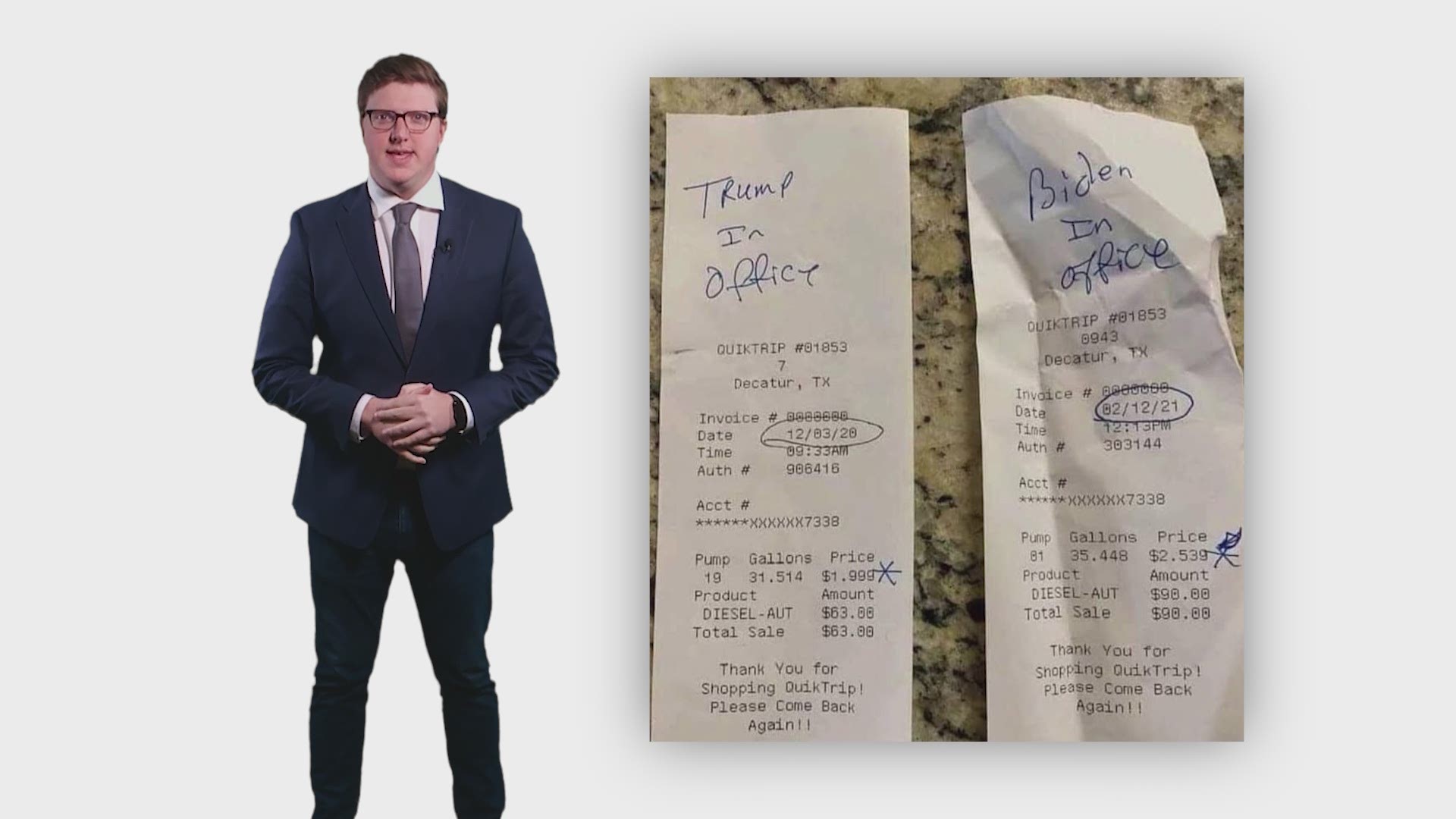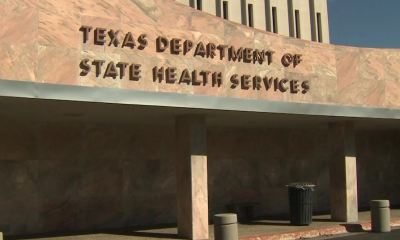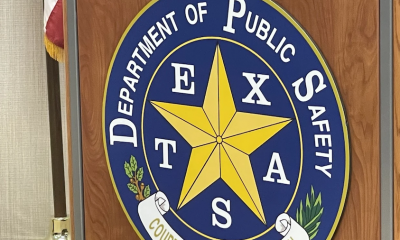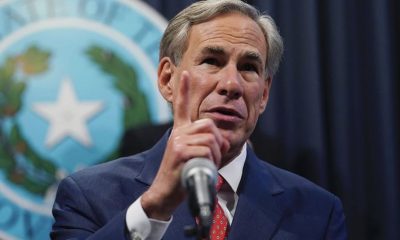Texas
Gas price jump reflects vaccine optimism, Texas storm impact, experts say

TX – Filling up at the pump has gotten more expensive in recent weeks. As of March 5, a gallon of gasoline averaged $2.75 in the U.S., a $1 jump from late April 2020.
The gas price hike has some wondering whether it’s because of a political agenda, a money grab or something entirely different.
Are the recent higher gas prices due to political changes in the White House? Or are other factors to blame?
No, politics or a change of administrations is not behind the price jump, AAA spokesperson Jeanette C. McGee told VERIFY. What’s propelling the recent increases is crude oil prices and the snowstorm that shut down refineries in Texas, McGee says.
“Crude oil accounts for more than half of the retail price,” McGee said. With a steady rise in crude since November from $45 a barrel to $63 a barrel, “consumers definitely notice the increase at the pump.”
So what’s fueling the rise?
It’s “the market’s optimism for the [COVID-19] vaccination, not an increase in demand,” according to McGee.
Additionally, the price surge the last two weeks “is a direct result of the icy temperatures in Texas last month,” she said. “That storm forced 26 U.S. refineries offline and halted production.” In fact, the Energy Information Administration reported that the refinery utilization during that time was at a record low of 56% and is still not back to 100%.
Some viewers have asked VERIFY about social media posts that blame the rise on the change in presidential administrations from Donald Trump, a Republican, to Joe Biden, a Democrat. McGee said the price moves are “not a result of anything political or with the White House.”
Nor does the Keystone Pipeline segment canceled by Biden have any effect, because it was never built and thus didn’t influence supply, she said.
A GasBuddy chart looking at the average U.S. retail price for the last four years shows that at the start of 2017, when Trump entered office, the price was roughly $2.30. Its high point occurred June 1, 2018, at $2.97. Then, gasoline plunged to $1.74 in late January 2020 as COVID-19 lockdowns began around the world.
Looking at 2021, March will probably be one of the most expensive months, with AAA expecting gasoline to hit a U.S. average of $2.80 and pushing closer to $2.90 in spring, she said. But prices will fall as refineries come back online so long as crude sustains at lower prices, she said. OPEC hasn’t helped with its decision this week to add minimally to production in April. For summer, with more drivers expected to hit the road, she said prices will probably be less than spring.
She noted that gas prices vary regionally, with the West Coast tending to be the highest per gallon and the South and Southeast being the lowest at the pump.










